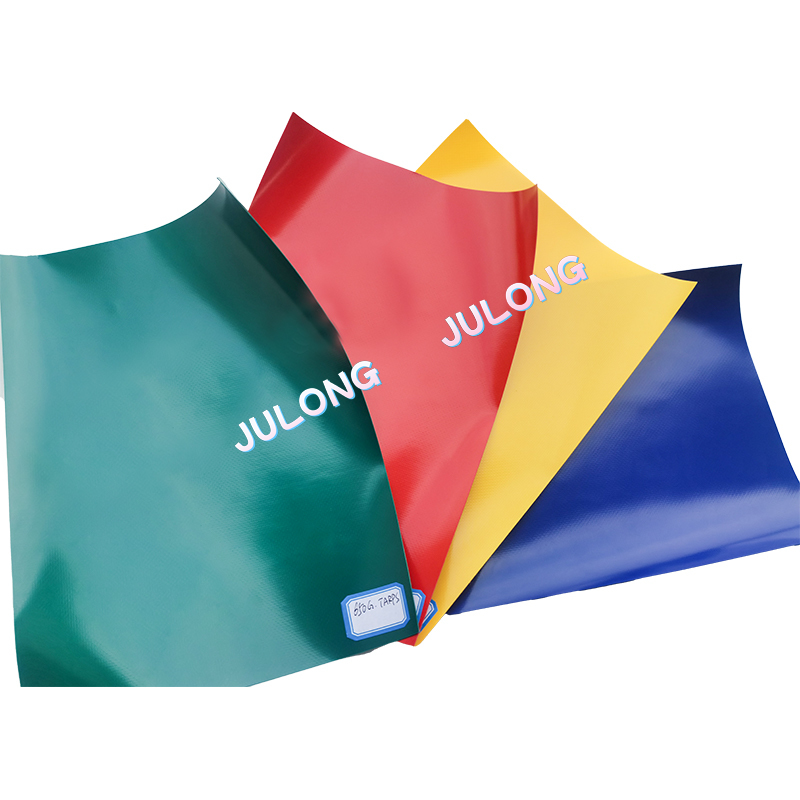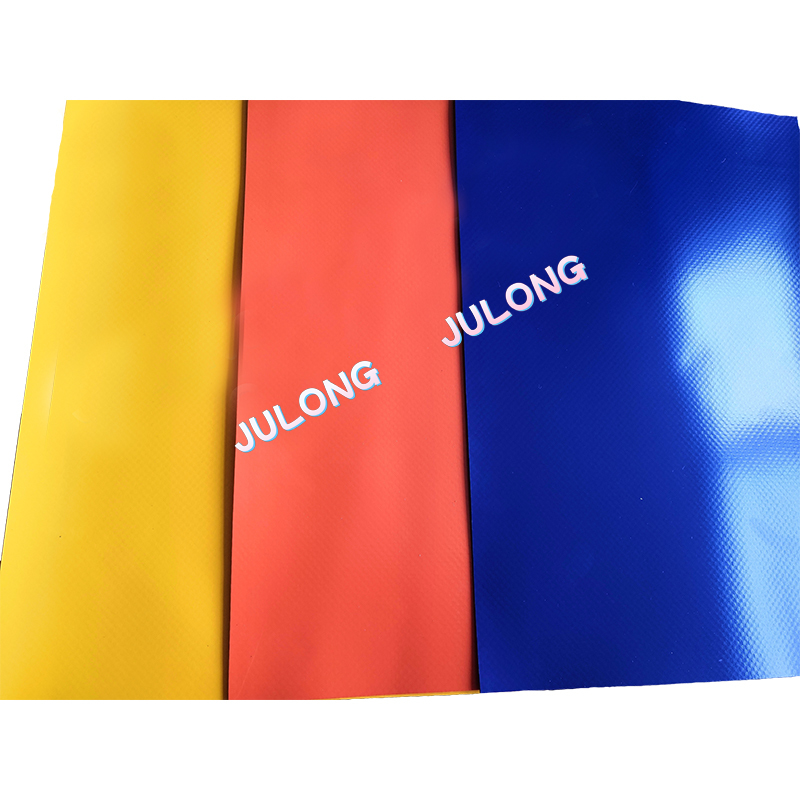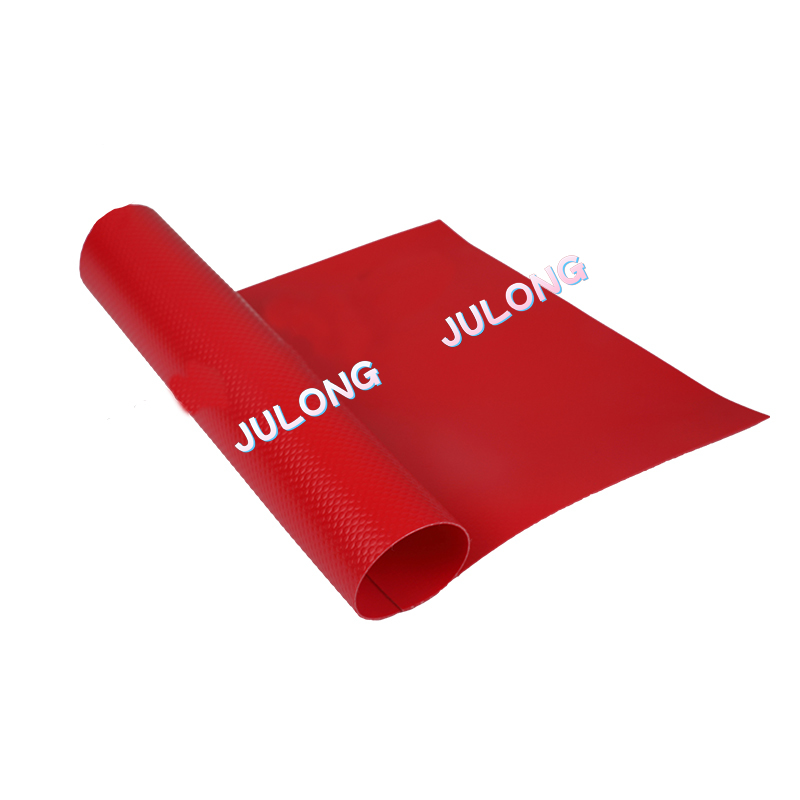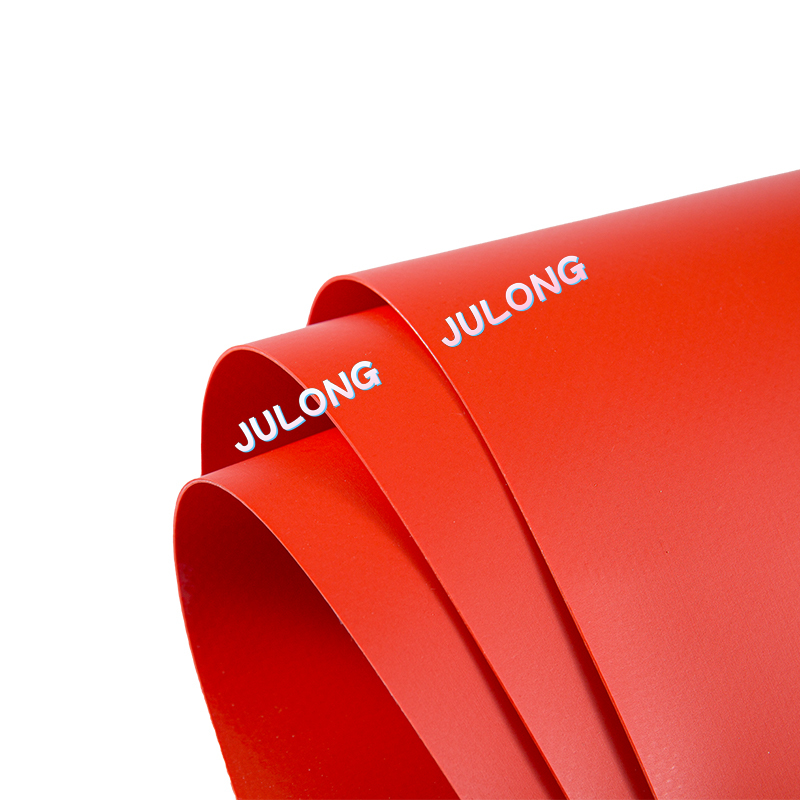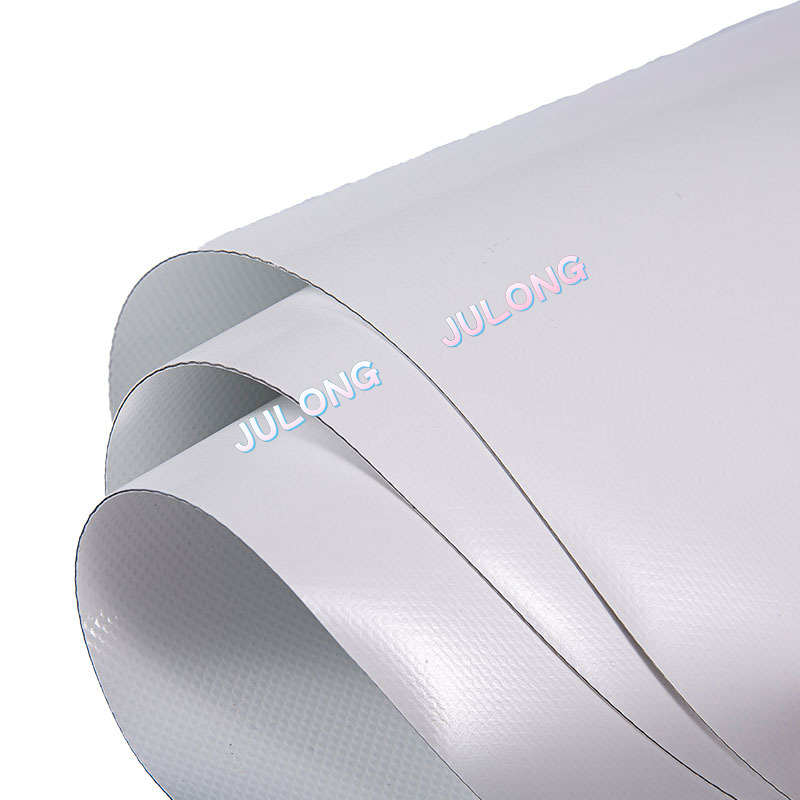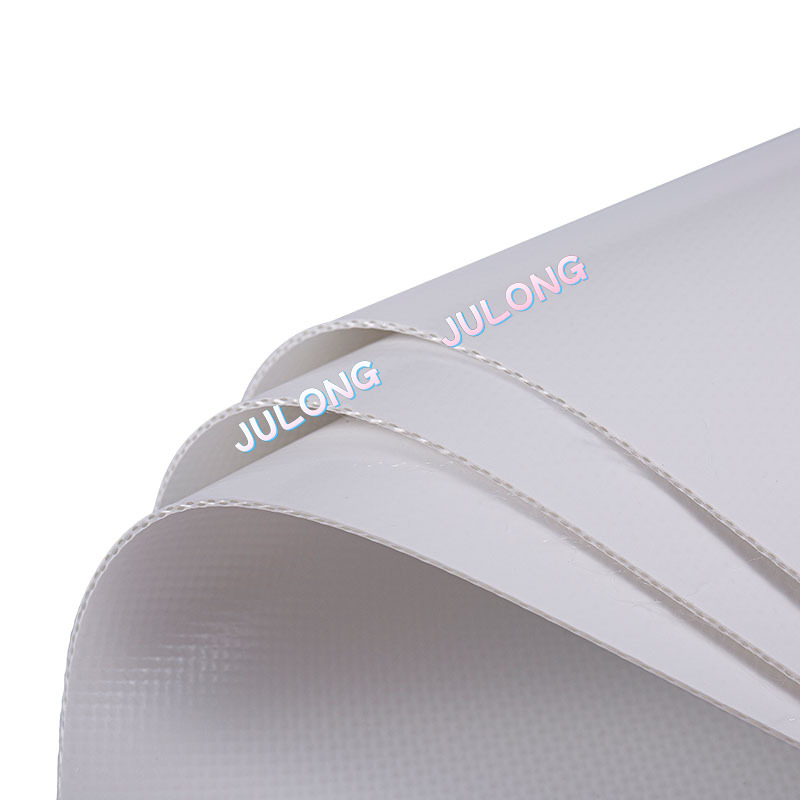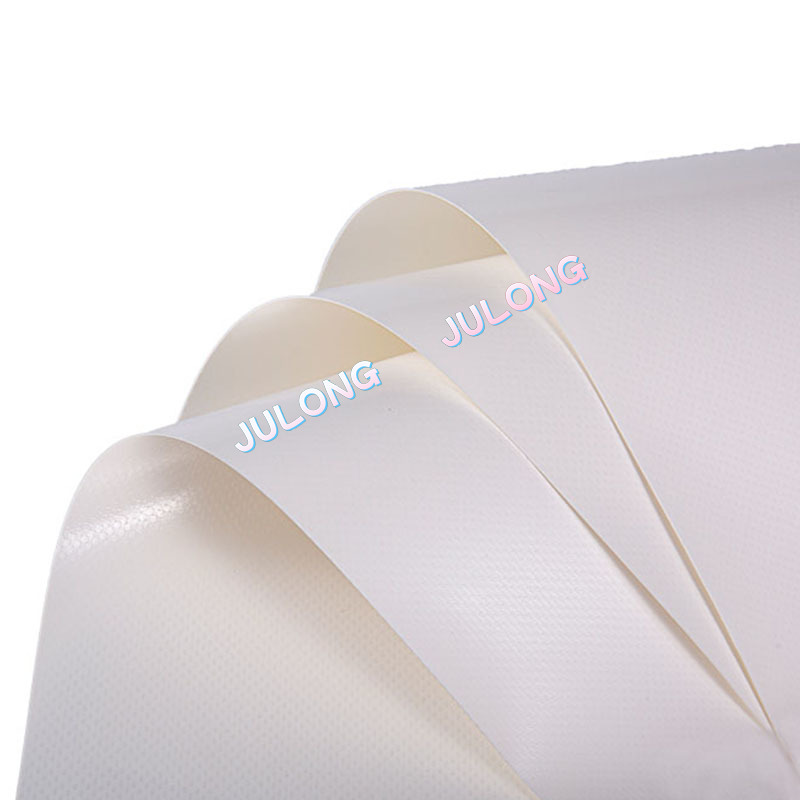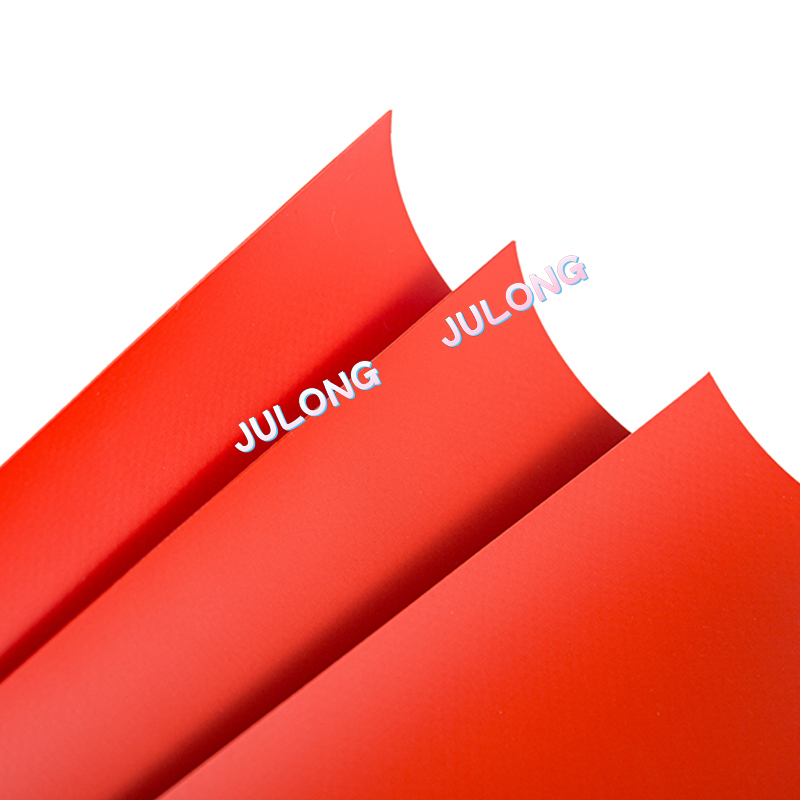ETFE (ethylene tetrafluoroethylene) membrane is a specialized architectural material used in the construction of lightweight and durable membrane structures. Here are some advantages of ETFE membrane structure material:
Lightweight: ETFE membrane is incredibly lightweight compared to traditional building materials such as glass or metal. This lightweight nature reduces the overall structural load, making it suitable for large-span structures without requiring excessive support or foundation systems. It can result in cost savings in terms of construction materials and foundation requirements.
High Transparency: ETFE membrane has excellent transparency properties, allowing natural light to penetrate through the structure. This feature creates a bright and airy interior environment, reducing the need for artificial lighting during the day and enhancing the visual appeal of the space.
Durability: ETFE membrane is highly durable and long-lasting. It is resistant to UV radiation, weathering, and extreme temperature variations, making it suitable for various climatic conditions. The material maintains its transparency, mechanical strength, and appearance over a long period, reducing maintenance and replacement costs.
Self-cleaning: ETFE membrane has a non-stick surface that repels dirt, dust, and other particles. Additionally, the material's unique surface characteristics allow rainwater to wash away dirt and debris, resulting in a self-cleaning effect. This reduces the need for regular cleaning and maintenance, making it a low-maintenance material choice.
Energy Efficiency: Due to its high transparency, ETFE membrane allows ample daylight to enter the building, reducing the reliance on artificial lighting during the daytime. This natural lighting feature helps to reduce energy consumption and lower operational costs.
Design Flexibility: ETFE membrane offers exceptional design flexibility, allowing for unique and creative architectural forms. It can be fabricated into various shapes and sizes, enabling architects and designers to achieve imaginative and aesthetically pleasing structures. The material can be inflated or tensioned, allowing for dynamic and adaptive architectural solutions.
Sustainability: ETFE membrane is considered a sustainable building material. Its lightweight nature reduces the amount of construction materials required, leading to lower carbon emissions during transportation and construction. Additionally, the long lifespan of ETFE membrane contributes to the reduction of waste generated from frequent replacements.
Cost-effective: Although the initial cost of ETFE membrane structures may be higher than traditional construction materials, the long-term cost benefits outweigh the initial investment. The reduced weight and maintenance requirements, as well as energy savings, contribute to overall cost-effectiveness over the life span of the structure.




 English
English عربى
عربى